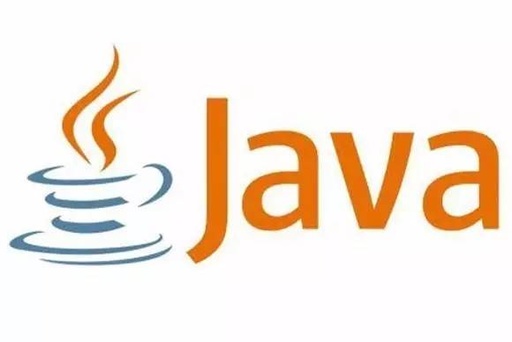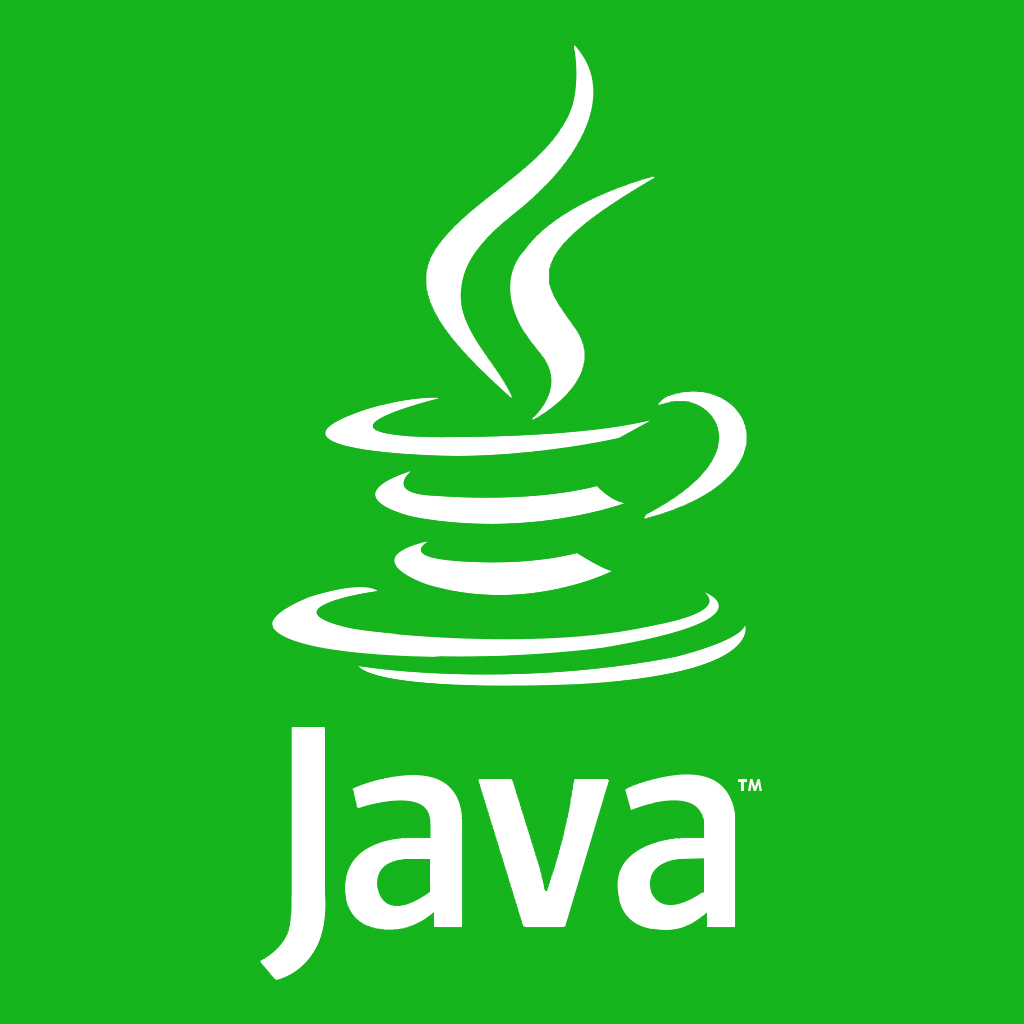
This article mainly talks about the allocation and recycling mechanism of Java memory, including the Java runtime data area, object creation, garbage collection algorithm and recycling strategy. Referring to the PHP Chinese website course "JAVA Elementary Introduction Video Tutorial", the author just summarized and illustrated the culture based on the content in the tutorial. This part of the content is almost all comprehensible. In order to facilitate understanding and memory, it is presented in the form of pictures, texts or tables as much as possible. 1. Runtime data area The following figure is a memory diagram of the Java virtual machine when it is running: From the figure we can see that Java memory is divided into 6 parts: Program counter: Each thread has an independent program counter, and the counter can Think of it as a line number indicator of the bytecode executed by the current thread. When the bytecode interpreter works, it changes the value of this counter to select the next bytecode instruction to be executed, branches, loops, jumps, exception handling, thread recovery and other basic functions all rely on this counter. Java virtual machine stack: The virtual machine stack is private to the thread and has the same life cycle as the thread. The virtual machine stack describes the memory model for Java method execution. Each method will create a stack frame for storing local
1. Detailed explanation of Java memory allocation and recycling mechanism (Figure )

Introduction: This article mainly talks about the allocation and recycling mechanism of Java memory, mainly including Java running Time-consuming data area, object creation, garbage collection algorithm and recycling strategy. The reference book is "In-depth Understanding of Java Virtual Machine" by teacher Zhou Zhiming. The author only summarizes and illustrates it based on the content in the book. This part of the content is almost all comprehensible. In order to facilitate understanding and memory, it is presented in the form of pictures, texts or tables as much as possible. 1. Runtime data area The following figure is a memory diagram of the Java virtual machine when it is running: From the figure we can see that the Java memory is divided into...

## Introduction: The editor below will bring you an article about c# dynamic types, the creation of dynamic objects, merging two objects, and map instances. The editor thinks it’s pretty good, so I’ll share it with you now and give it as a reference. Let’s follow the editor and take a look.
3. Java String Overview (Part 2)

Introduction: The String class in Java is the most frequently used class in our daily development, but it is not easy to truly master this class. In order to restore the true and complete picture of the String class, the author first divides it into two blog posts to review the String class. The author starts from the Java memory model, combined with the source code of the String class in the JDK, especially the constant pool, immutability, object creation method of the String class, the relationship between the String class and flyweight mode, regular expressions, cloning and the three major strings. A comprehensive and accurate explanation of several aspects such as categories.
4. Java String Overview (Part 1)

Introduction: The String class in Java is the most frequently used class in our daily development, but it is not easy to truly master this class. In order to restore the true and complete picture of the String class, the author first divides it into two blog posts to review the String class. The author starts from the Java memory model, combined with the source code of the String class in the JDK, especially the constant pool, immutability, object creation method of the String class, the relationship between the String class and flyweight mode, regular expressions, cloning and the three major strings. A comprehensive and accurate explanation of several aspects such as categories.
5. PHP Basic Tutorial Nine Classes and Objects

6. Creation of XMLHttpRequest object ##Introduction: First, let’s introduce Looking at the XMLHttpRequest object, we all know that Ajax is not just a single technology, but a fusion of several technologies. XMLHttpRequest is the core technology in the Ajax technology system. Without XMLHttpRequest, the other Ajax technologies cannot become an organic whole. In Ajax applications, the XMLHttpRequest object is responsible for sending user information to the server asynchronously and receiving response information and data returned by the server. 7. C# Basics of Memory Allocation 8. JavaScript object-oriented - using factory methods and constructor methods to create objects 9. JavaScript Object Oriented - Simple Object Creation and JSON Object 10. PHP Introductory Tutorial: Example Analysis of Basic Object-Oriented Concepts [Related Q&A recommendations]: javascript - jquery how to give Object addition creation event javascript - About the creation and destruction of String objects in js, when to create and when to destroy


 ##Introduction: This article mainly introduces the basic concepts of object-oriented in PHP introductory tutorial, and briefly analyzes the definition of classes, creation and construction of objects involved in PHP object-oriented in the form of examples. For functions, member variables, member methods, etc., friends who need it can refer to
##Introduction: This article mainly introduces the basic concepts of object-oriented in PHP introductory tutorial, and briefly analyzes the definition of classes, creation and construction of objects involved in PHP object-oriented in the form of examples. For functions, member variables, member methods, etc., friends who need it can refer to
The above is the detailed content of 10 recommended articles about object creation. For more information, please follow other related articles on the PHP Chinese website!
 Ouyi trading platform app
Ouyi trading platform app
 Python online playback function implementation method
Python online playback function implementation method
 What does data encryption storage include?
What does data encryption storage include?
 The role of validate function
The role of validate function
 Solid state drive data recovery
Solid state drive data recovery
 What is the difference between webstorm and idea?
What is the difference between webstorm and idea?
 Second-level domain name query method
Second-level domain name query method
 What is the transfer limit of Alipay?
What is the transfer limit of Alipay?
 What should I do if eDonkey Search cannot connect to the server?
What should I do if eDonkey Search cannot connect to the server?




